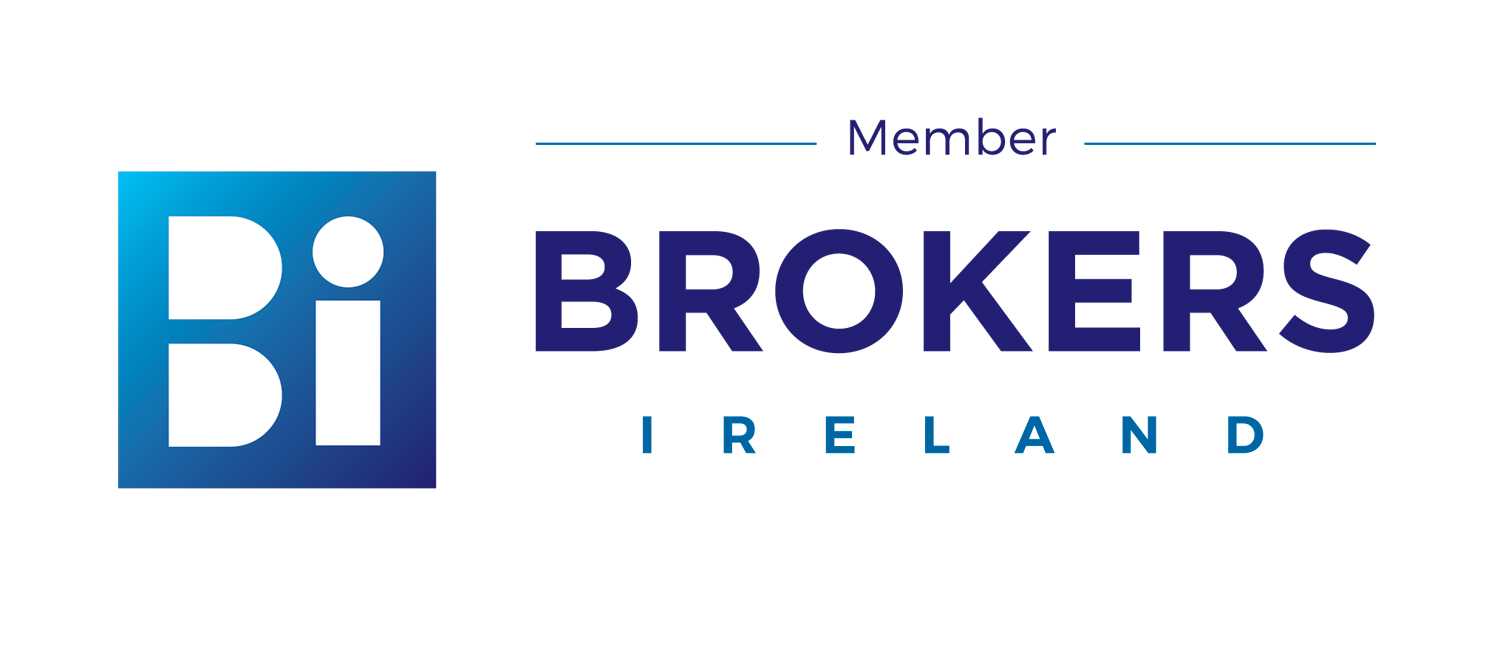Pension Planning has become very important over the last number of years as more and more people realise that the pension provided by the state is becoming very expensive for governments to fund. There is a greater need now for individuals to put in place some form of pension investment to supplement what they may or may not get from the state in future years .
There are different types of Pensions depending on your employment .
Executive Pensions.
Business owners can provide for their retirement by investing funds from their business in a pension fund . The pension fund for the business owner is separate from the business which provides additional security. The business can claim tax relief on the premiums it invests on behalf of the owner. Any growth achieved through investment, in the pension fund is tax free. At retirement the business owner is entitled to have a portion of the accumulated fund paid out as a tax free lump sum subject to revenue rules.
The balance of funds remaining can be used in various ways to provide an income which is liable for tax.
Personal Pensions.
A self employed person can invest money in their pension fund and receive tax relief on the premiums subject to revenue rules. Any growth achieved through investment, in the pension fund is free of tax. At retirement the individual can receive 25%of the accumulated fund tax free, subject to maximum rules. An income at retirement can also be provided which is liable for tax.
Personal Retirement Savings Accounts. (PRSA)
If you are self employed or employed but not in a company sponsorsed pension scheme an option is to effect a PRSA. as they are a good option if you move between employed or self employed or move employers where there is no company sponsored pension scheme.
The PRSA is in the individual’s name and they have full autonomy on the investment strategy for their pension contribution.
Personal Retirement Bond.
If an employee leaves an employer who had a pension scheme in place the employee can have an option to transfer the value of his/her own fund to a Personal Retirement Bond. The control of the fund now passes to the individual from the Trustees of the scheme they were in.


